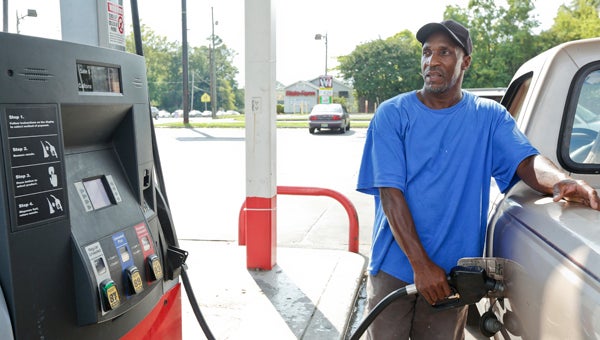Fuel prices expected to fall
Published 12:49 am Saturday, September 20, 2014
Filling up at the gas station may not carry as much of a financial burden as it has in recent years, with fall gas prices expected to fall to their lowest levels since 2010.
GasBuddy, an organization that reports fuel prices to the public, reported average prices nationwide anywhere from $3.15 to $3.25 per gallon. The average Alabama gas price Friday was more than 13 cents less than it was this time last year at about $3.13 per gallon, according to AAA-Alabama.
“During the lead up to this change, the price at the pump does sometimes move slightly higher as refineries reduce their inventories during the switchover,” AAA stated on its website. “On the whole, consumers typically experience savings at the pump during the fall driving season, as we are seeing this year.”
The organization said there are three main factors responsible for the expected decrease on retail gas prices.
The first is the international crude prices being more than $15 per barrel below the June 2014 peak following the violence in Iraq.
The second is that every state, aside from California, has the ability to use autumn and winter blends of gasoline easier for refiners to produce.
The third catalyst is the gasoline consumption trend decreasing about 12 million gallons per day up until Dec. 21.
“You may not see $3 per gallon gas if you live in California, New York, Connecticut, or Chicago, but we believe that more than 30 states could see prices fall below that number during the Christmas shopping season,” said GasBuddy chief oil analyst Tom Kloza.
Although retail gas prices are declining, AAA said motorists should always be aware of possible spikes in regional prices.
“Motorists usually enjoy cost savings during this period,” AAA said. “However, geopolitical instability, hurricanes or events that disrupt production could still cause temporary spikes in regional prices in the coming months.”





